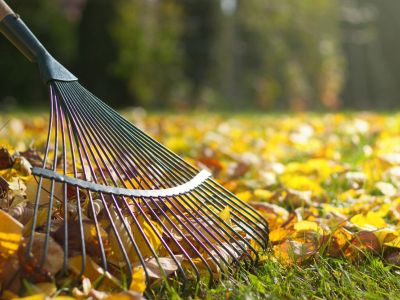October in the Northern Rockies
Continue to water evergreen trees and shrubs until the ground freezes. Damp soil retains heat and protects roots better than dry soil. Continue to hoe, pull, or mow weeds and don’t allow them to go to seed. Rake up weeds and remove dead or diseased plants, as pests and disease can overwinter in garden debris.
Harvest squash, pumpkins, sweet potatoes and any other frost sensitive veggies remaining in your garden.
Plant tulips, crocus, hyacinth, daffodils and other spring blooming bulbs while the soil is cool but still workable. Plant garlic and horseradish, both require well-drained soil and plenty of sunlight.
Rake leaves from the lawn then shred them for mulch or toss them on the compost pile. Any leaves remaining on the lawn will become matted and compacted under the snow. Add a layer of chopped leaves, bark mulch, or straw to perennial beds after several hard frosts. Mulch will protect the roots during the coming winter.
Drain hoses before storing them for the winter. Clean shovels, hoes, and other garden tools. Oil pruners and garden shears.
Start by early October if you want your Christmas cactus to bloom for the holidays. Move the plant to a room where it will be in total darkness for 12 to 14 hours every night then bring them back to bright, indirect sunlight during the day. Continue until you can see buds, which usually take six to eight weeks.
October in the northern Rockies should include a visit to at least one of the areas many botanical gardens such as ZooMontana in Billings, Denver Botanic Gardens, Rocky Mountain Botanic Gardens in Lyons, Colorado, or Bozeman’s Montana Arboretum and Gardens.
